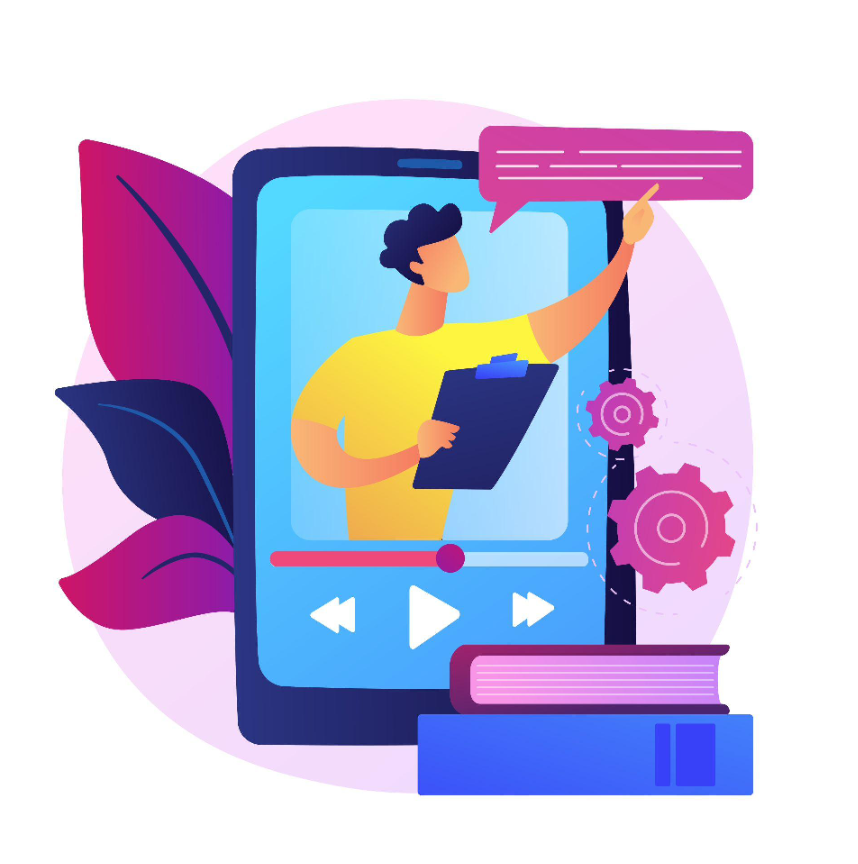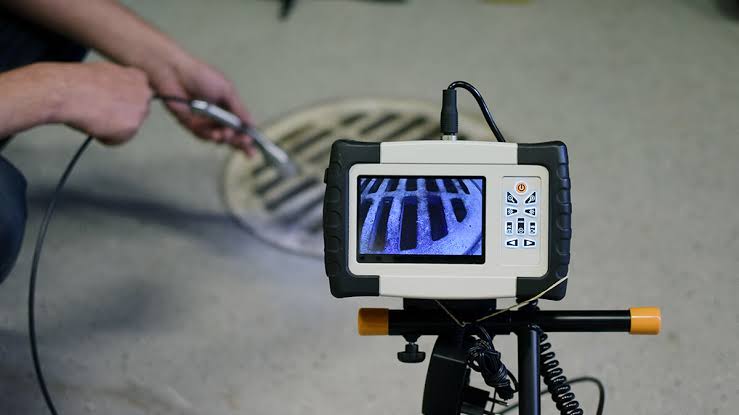The Role of AI in Revolutionizing Video Content for Global Audiences
In an era where digital content consumption is at an all-time high, video has emerged as a dominant medium for communication, entertainment, and information sharing. The power of video lies in its ability to convey complex ideas in an engaging and easily digestible format. However, one significant challenge remains: language barriers. With the internet connecting people from diverse linguistic backgrounds, there is a growing need for video content that transcends language limitations. This is where artificial intelligence (AI) steps in, revolutionizing video content creation and translation, making it accessible to global audiences.
The Power of AI in Video Content Creation
AI technology has made significant strides in recent years, particularly in the field of video content creation. Traditional video production processes are often time-consuming and require considerable resources. AI, however, is changing this narrative by automating various aspects of video production, thereby increasing efficiency and reducing costs.
Automated Video Editing
AI-powered video editing tools are transforming the way videos are produced. These tools use machine learning algorithms to analyze video footage, identify key scenes, and make intelligent editing decisions. For example, AI can automatically trim unnecessary parts, enhance visual quality, and even add special effects. This level of automation not only speeds up the editing process but also ensures a higher level of consistency and quality.
Scriptwriting and Storyboarding
AI is also making its mark in scriptwriting and storyboarding. By analyzing large datasets of successful video scripts and storylines, AI can generate compelling scripts tailored to specific audiences. These AI-generated scripts can then be used to create detailed storyboards, providing a visual blueprint for the video production process. This capability allows content creators to focus more on creative aspects rather than getting bogged down by the technicalities of scriptwriting.
Personalized Content
One of the most significant advantages of AI in video content creation is its ability to personalize content for individual viewers. AI algorithms can analyze viewer data to understand preferences, behaviors, and engagement patterns. This information can be used to create personalized video content that resonates with each viewer on a deeper level. For example, AI can generate different versions of a promotional video, each tailored to specific audience segments based on factors such as age, gender, and location. This personalized approach enhances viewer engagement and increases the likelihood of conversion.
Breaking Language Barriers with AI
While AI’s role in video content creation is remarkable, its impact on video translation is equally transformative. Language barriers have long been a hurdle in the global dissemination of video content. AI is now breaking down these barriers, enabling content creators to reach audiences worldwide.
AI-Powered Subtitles and Translations
One of the most notable applications of AI in video translation is the automatic generation of subtitles and translations. Traditional subtitle creation is a labor-intensive process that involves manual transcription and translation. AI, on the other hand, can automate this process with impressive accuracy. Natural language processing (NLP) algorithms can transcribe spoken words in real-time and translate them into multiple languages. This capability ensures that video content is accessible to non-native speakers, expanding its reach significantly.
Real-Time Language Translation
AI-driven real-time language translation is another groundbreaking development. This technology allows viewers to watch videos in their preferred language without any delay. AI algorithms can analyze the audio stream, translate the speech, and synchronize the translated text with the video in real-time. This seamless translation experience is particularly valuable for live broadcasts, webinars, and online courses, where timely delivery of information is crucial. An online video translator ensures that educational videos are available in multiple languages, catering to a global student base.
Voice Dubbing
AI is also revolutionizing voice dubbing, a process traditionally reserved for high-budget productions. AI-powered voice synthesis can mimic human speech with remarkable accuracy, generating natural-sounding voiceovers in different languages. This technology allows content creators to produce dubbed versions of their videos without the need for professional voice actors. By offering voice dubbing in multiple languages, AI helps bridge the language gap and makes video content more relatable to international audiences.
Impact on Various Industries
The integration of AI in video content creation and translation is having a profound impact across various industries. From marketing and education to entertainment and e-commerce, AI-driven video technologies are transforming the way content is created and consumed.
Marketing and Advertising
In the marketing and advertising sector, AI videos are being used to create highly targeted and personalized campaigns. Marketers can leverage AI to produce promotional videos quickly and at scale, allowing for more frequent and timely content updates. AI-driven analytics can also measure the performance of these videos in real-time, providing insights that can be used to optimize future campaigns. The ability to create multilingual video ads ensures that marketing efforts are more relevant and effective in reaching global audiences.
Education and Training
AI videos are revolutionizing education and training by making learning more interactive and accessible. Educational institutions and corporate training programs are using AI to develop customized video tutorials, lectures, and training modules. These videos can be tailored to the learning pace and style of individual students or employees, improving comprehension and retention. AI-generated subtitles and translations also make educational content more accessible to a global audience, breaking down language barriers in the learning process.
Entertainment and Media
In the entertainment and media industry, AI is being used to produce everything from short films and documentaries to animated series and video games. AI-powered tools can generate realistic visual effects, animate characters, and even create entire scenes, reducing the need for expensive and time-consuming manual work. Additionally, AI algorithms can analyze audience feedback and trends to suggest new content ideas, ensuring that creators stay relevant and innovative. The ability to offer multilingual content through AI translations and dubbing further enhances the global appeal of entertainment media.
E-commerce and Retail
E-commerce and retail businesses are using AI videos to enhance the online shopping experience. Product demonstration videos, virtual try-ons, and personalized shopping guides created with AI are helping consumers make informed purchasing decisions. AI-generated videos can showcase products in different contexts and scenarios, providing a more immersive and engaging shopping experience. This not only boosts customer satisfaction but also drives sales and reduces return rates. Moreover, AI-powered translations enable retailers to reach international customers by offering product information in multiple languages.
The Future of AI in Video Content
The future of AI in video content creation and translation is incredibly promising. Ongoing advancements in AI technology are set to push the boundaries of what is possible, leading to even more innovative and efficient content creation processes.
Real-Time Video Generation
As AI technology continues to evolve, real-time video generation will become more feasible. This means that AI systems will be able to create and edit videos instantaneously based on live data inputs. For example, news organizations could use AI to produce real-time video reports on breaking news stories, complete with automated voiceovers and visual effects. This capability will enable more timely and dynamic content creation across various domains.
Enhanced Creativity and Collaboration
AI tools are becoming increasingly sophisticated in their ability to augment human creativity. Rather than replacing creators, AI will serve as a collaborative partner, providing suggestions, enhancements, and automated assistance throughout the production process. This collaborative approach will empower creators to experiment with new ideas and push the creative envelope, resulting in more innovative and diverse content.
Ethical and Responsible AI
As AI videos become more prevalent, ethical considerations will play a crucial role in their development and deployment. Ensuring transparency, accountability, and fairness in AI algorithms will be essential to prevent issues such as bias, misinformation, and privacy violations. Industry standards and regulations will likely emerge to guide the responsible use of AI in video production, fostering trust and confidence among creators and consumers.
Conclusion
The role of AI in revolutionizing video content for global audiences cannot be overstated. From automated video editing and personalized content creation to breaking language barriers with real-time translation and voice dubbing, AI is transforming the way videos are produced and consumed. This technological revolution is enabling businesses, educators, and entertainers to reach broader and more diverse audiences, fostering a more connected and inclusive global community. As AI continues to advance, the future of video content creation and translation promises to be even more exciting and impactful. Embracing AI in video production is not just a trend; it is the future of the industry.







